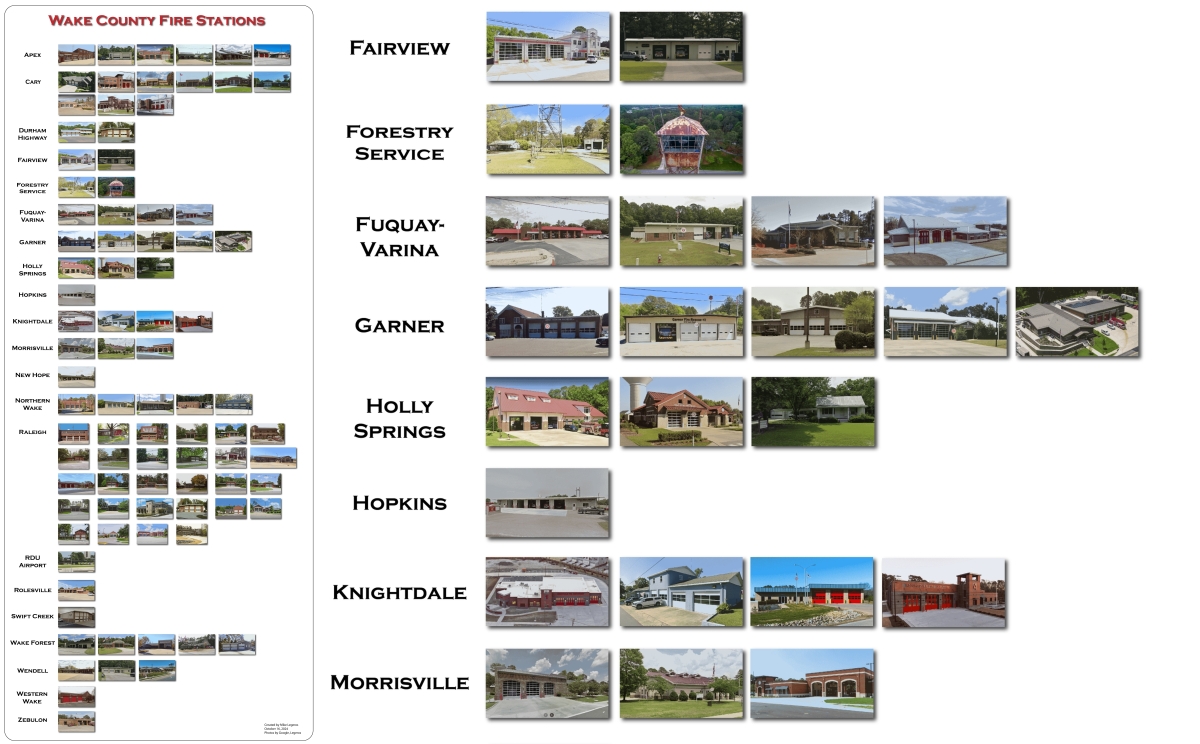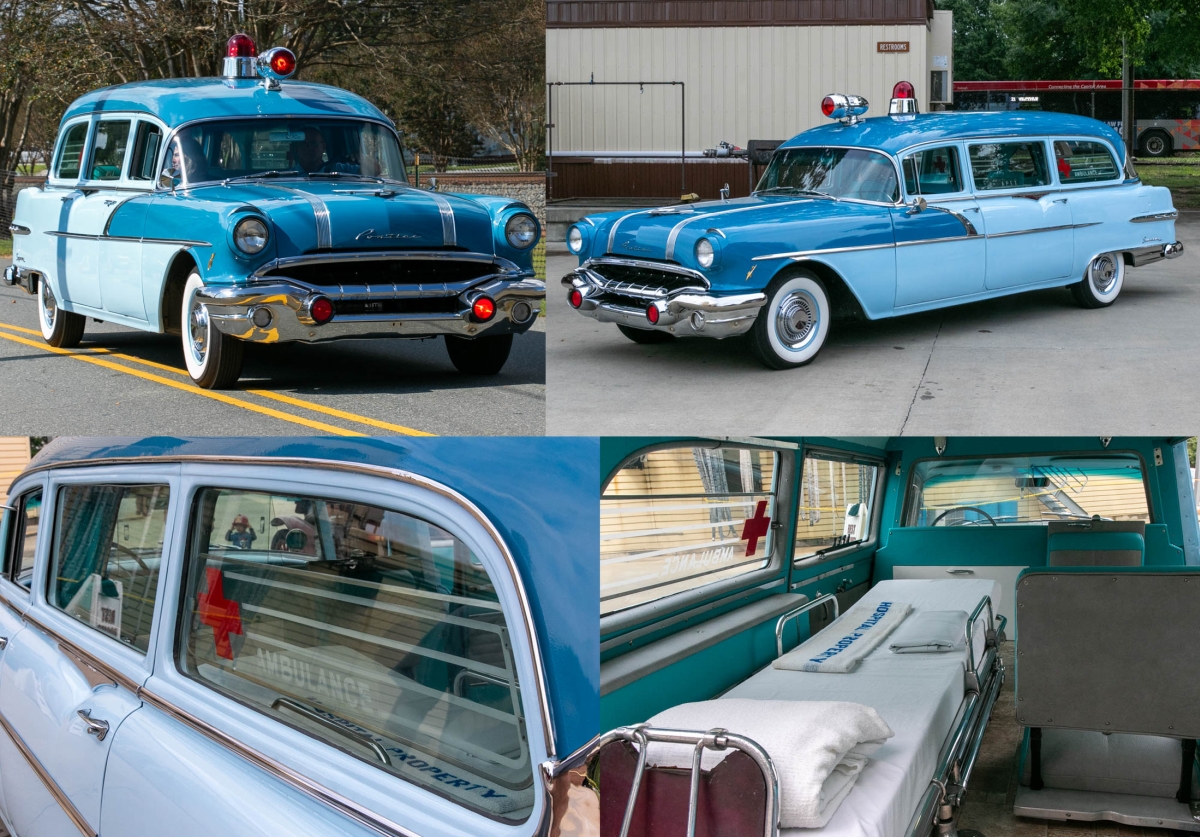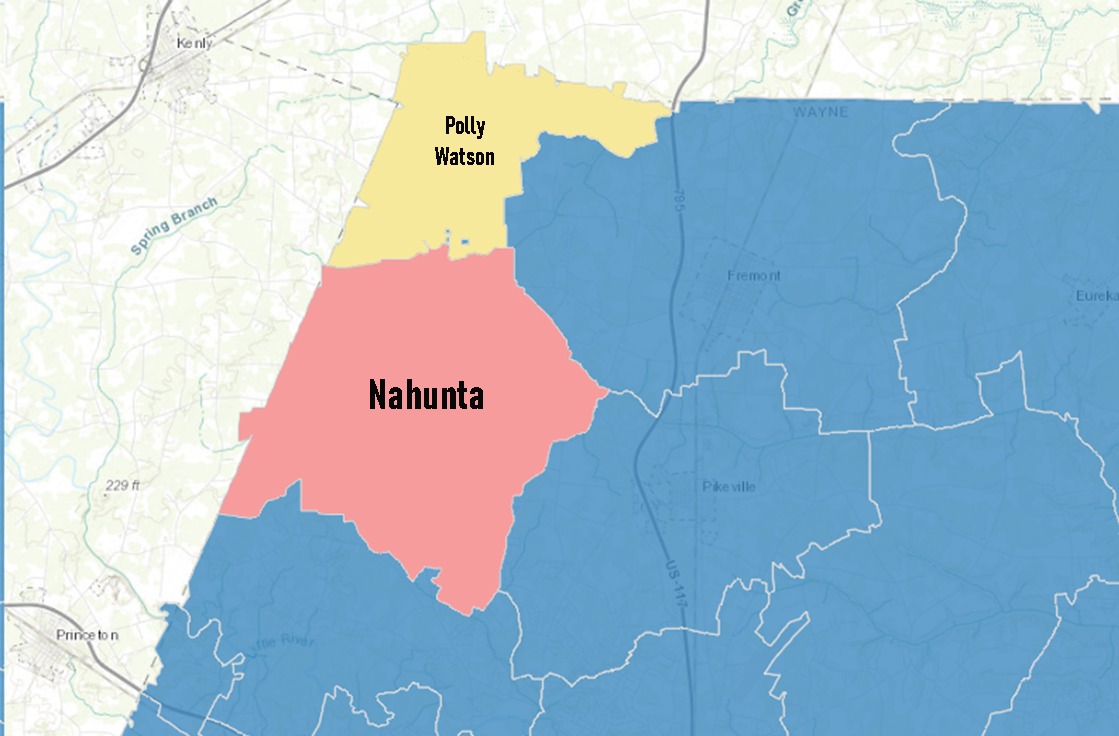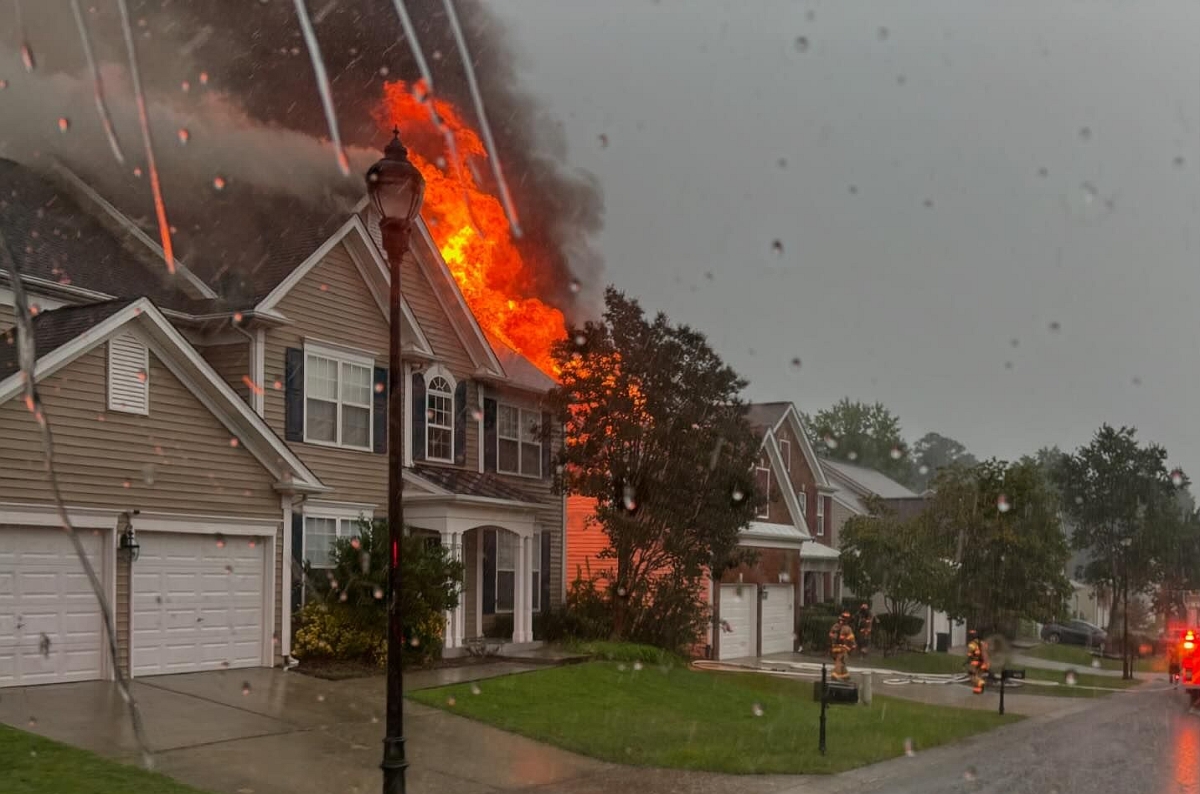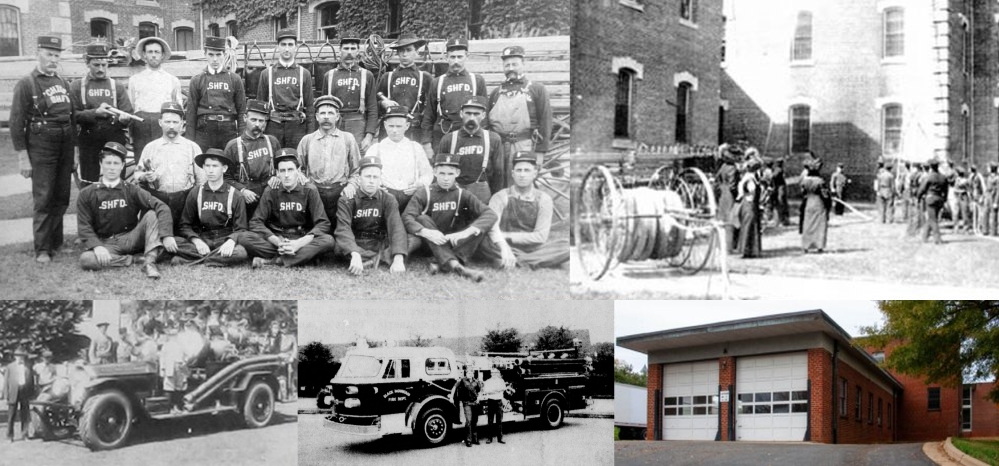
Remembering the Broughton Hospital Fire Brigade in Morganton. The hospital opened in 1883 as the Western North Carolina Insane Asylum. It state’s second psychiatric hospital, after one was established in Raleigh. The new hospital was built on a 283-acre site, just south of downtown Morganton. In 1885 and 1886, two new wings were added, expanding the hospital’s bed space to over 500 patients. In 1890, the hospital’s name was changed to the State Hospital at Morganton. The name was changed to Broughton Hospital in 1959. The campus was added to the National Register of Historic Properties in 1987. Source: Wikipedia.
Early Decades
The hospital fire brigade began operating in 1890. Source: North Carolina ECHO.
The News-Herald on June 6, 1907 reported that planned Fourth of July events included a tournament by the “Morganton and State Hospital fire companies, with hose and ladder contests.” Reported the newspaper on July 4, both fire companies participated in the Fourth of July parade.
By June 1900, the hospital had a two-story brick fire station located about 75 behind the male wards section. The hospital had its own water system including a duplex fire pump. Fire equipment included 2,000 feet of 1 1/2-inch hose, 1,000 feet of which was on hand reels, and a hook and ladder truck. The fire company was comprised of employees who conducted a fire drill every month. The same information applied in 1910 and 1915. Source: Sanborn Maps.
By September 1924, the fire equipment consisted of two hand hose carts, one hook and ladder truck, and one American LaFrance “auto combination hose truck and pump, 750 GPM.” The fire station location had not changed. Source: Sanborn Maps.

Courtesy Broughton Hospital Public Safety
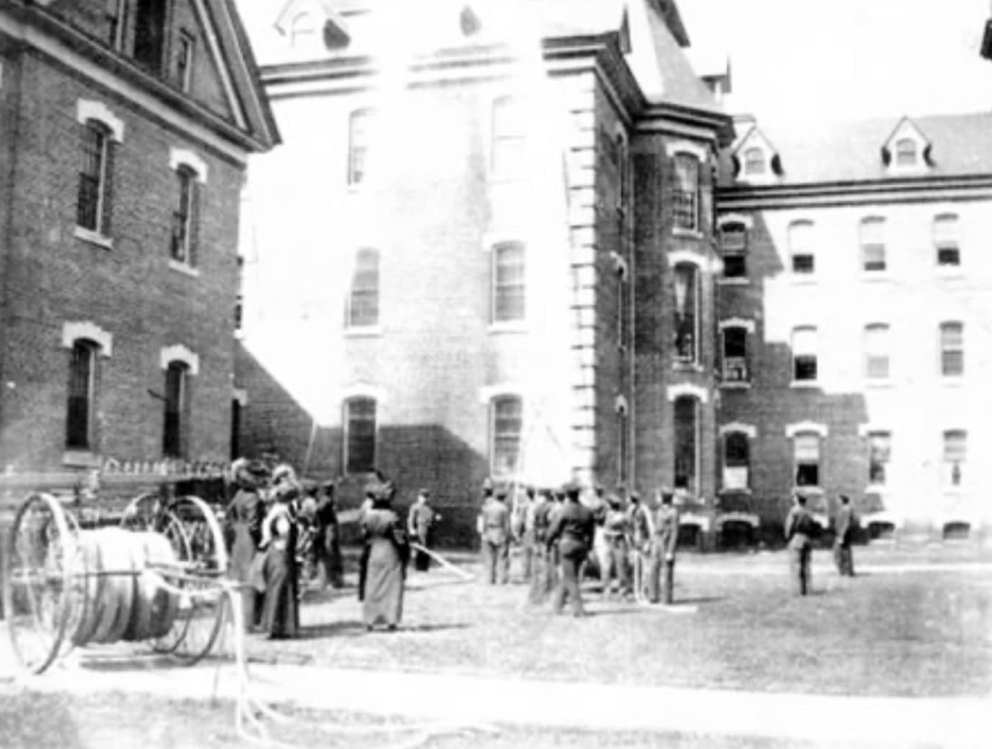
Courtesy Broughton Hospital Public Safety
Later Decades
By August 1931, the earlier fire station building behind the men’s ward was being used for storage. The fire station location was TBD. The same fire equipment was described as above. Source: Sanborn Maps.
Sanborn Maps from 1950 listed an American LaFrance pumper, 750 GPM, 40 gallon chemical tank, 1,500 feet 2 1/2-inch hose, 200-feet 3/4-inch hose.
The last fire station location was a one-story, two-bay addition to the presently-named Moran Building. Date TBD for construction of the fire station.
The fire brigade disbanded in the 1970s, when the city took over fire protection. Source: Oral history.
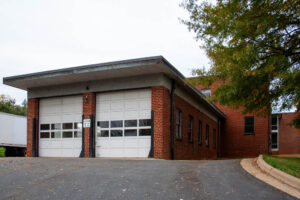
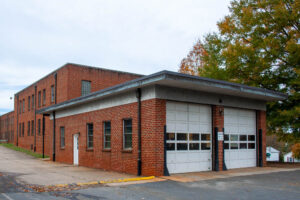
November 2006 – Mike Legeros photos
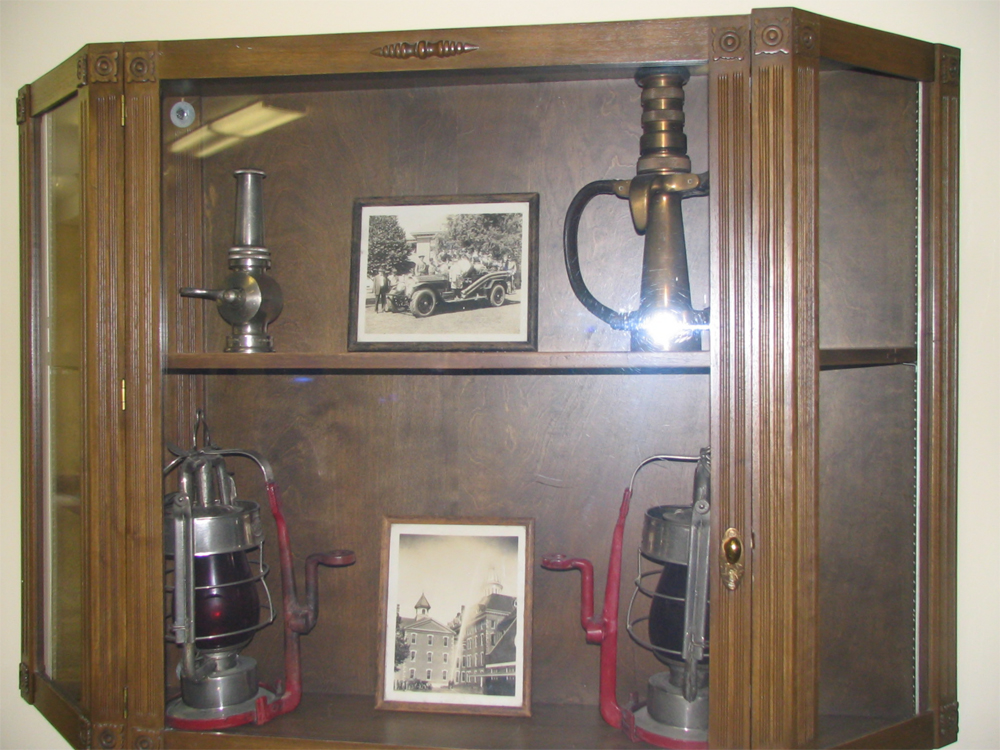
North Carolina ECHO photos. Artifacts displayed in the Avery Building, June 2006, https://digital.ncdcr.gov/Documents/Detail/broughton-hospital-patient-library/59490
Fire Apparatus
The hospital’s first piece of motor apparatus was a 1924 American LaFrance Type 75 triple combination. From oral history accounts, it may have served as late as 1970, when a second pumper was purchased. John Peckham’s American LaFrance database lists the truck delivered to the state hospital in “Morgantown.” Shipped August 28, 1924. Order #445, serial #4791, truck ID #11479, negative #5788. Sold to Jackie Lee[1] in North Carolina in 1993.
The hospital’s last piece of a fire apparatus was a 1970 American LaFrance 900 Series pumper, 1500/500. It was sold to Black Mountain Fire Department by October 1974, after the hospital fire department ceased operating and fire protection was taken over by the city. The city also purchased one at the same time. [ Note: The hospital’s 1970 pumper was not disposed to the city, as incorrectly cited on earlier versions of these research notes. ]
[1] Lee was a member of the Fayetteville Fire Department and a lifelong antique fire apparatus collector and mechanic.
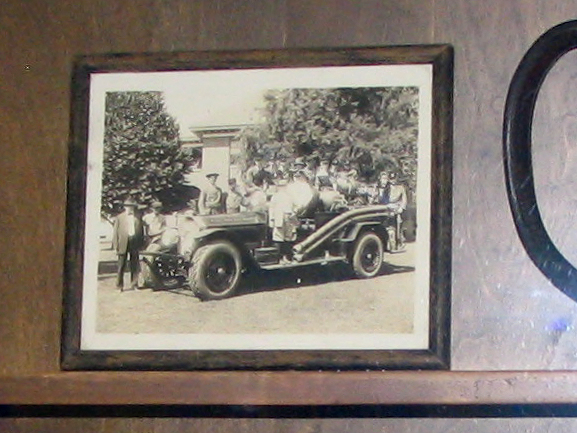
Artifacts displayed in the Avery Building, June 2006. Photo by North Carolina ECHO, https://digital.ncdcr.gov/Documents/Detail/broughton-hospital-patient-library/59490

Black Mountain News, October 3, 1974.
Fires at the Hospital
November 19, 1959 – Barn that was used for drying hay burned to the ground. Morganton firefighters also responded. They were called to the hospital at 9:20 p.m. and responded with two trucks. Seven members of the Burke County Rescue Squad also responded, but had difficulty reaching the scene because of some 75 cars that were following the two town trucks. Many bystanders arrived before some of the volunteer firemen and delayed them and rescue squad members. The frame-building and some 400 bushels of corn were destroyed. Source: Hickory Daily Record, November 20, 1959.
Sanborn Maps

Sanborn Map, 1910
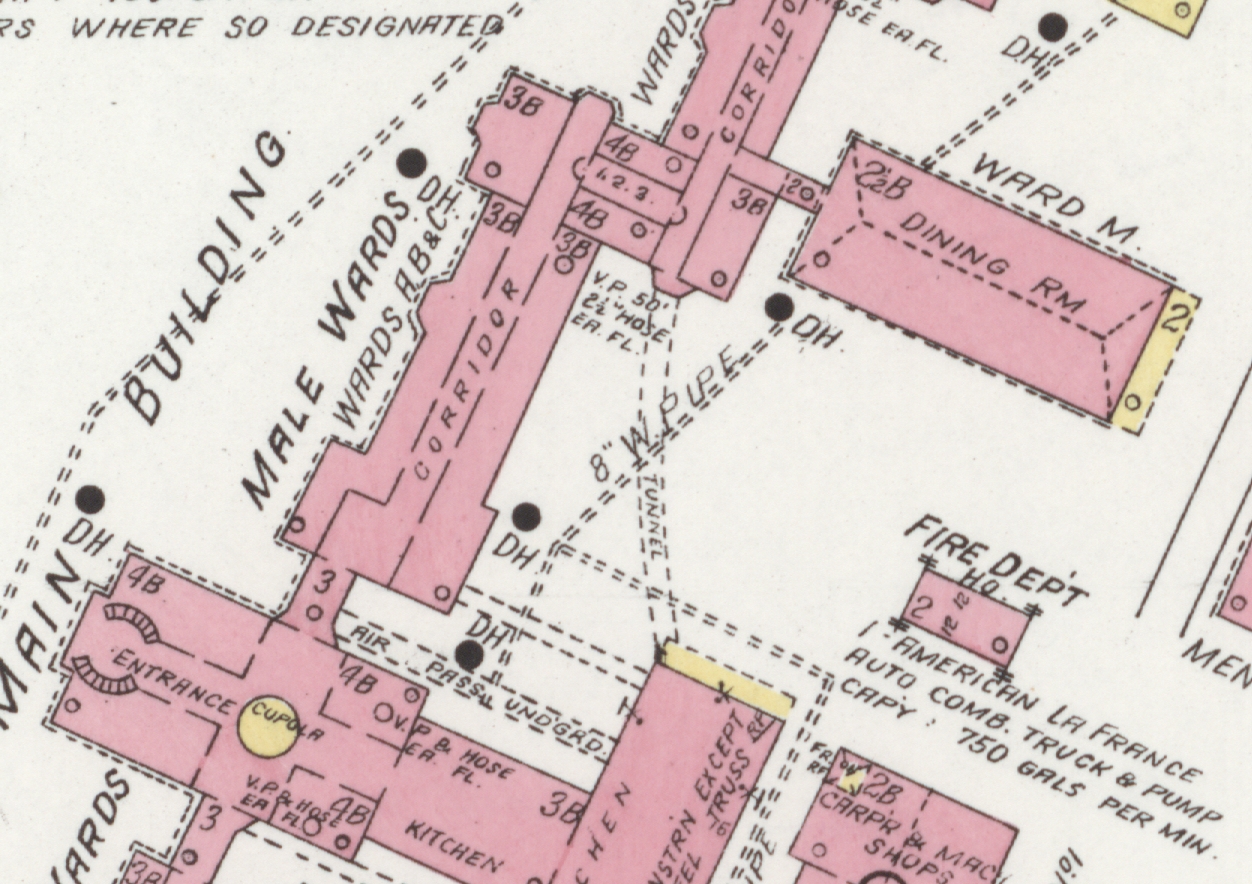
Sanborn Map, 1924
Sources
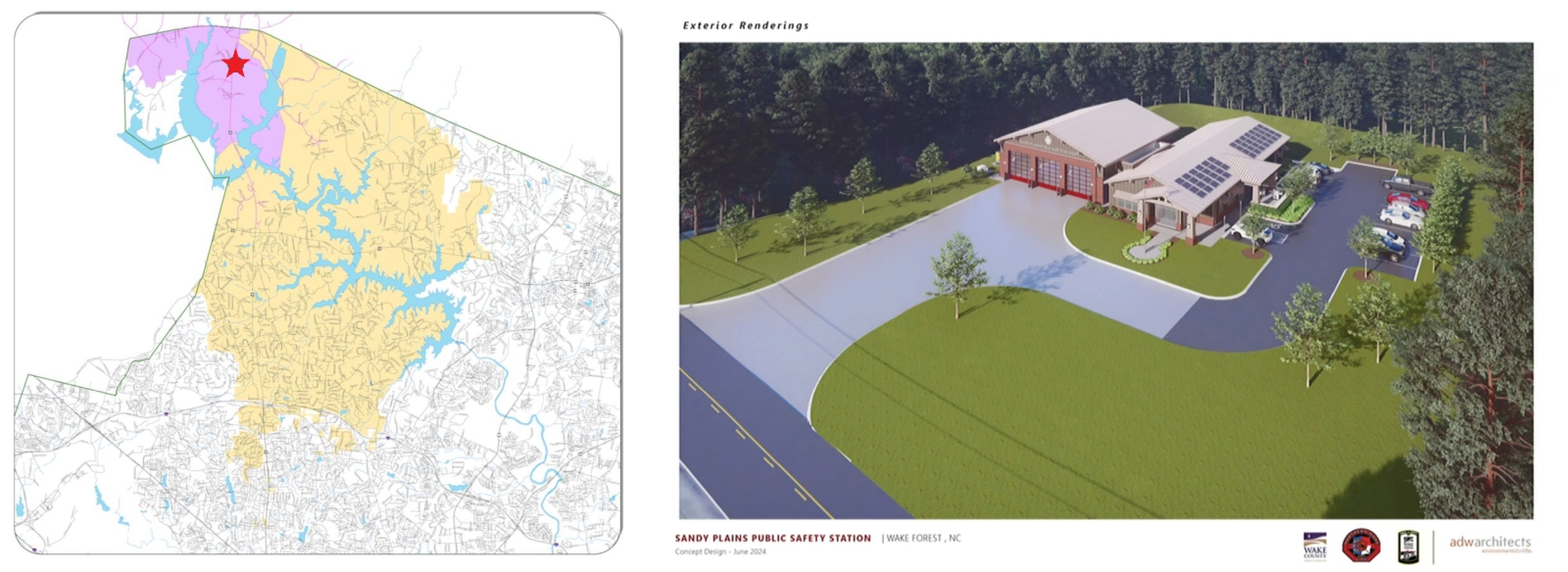










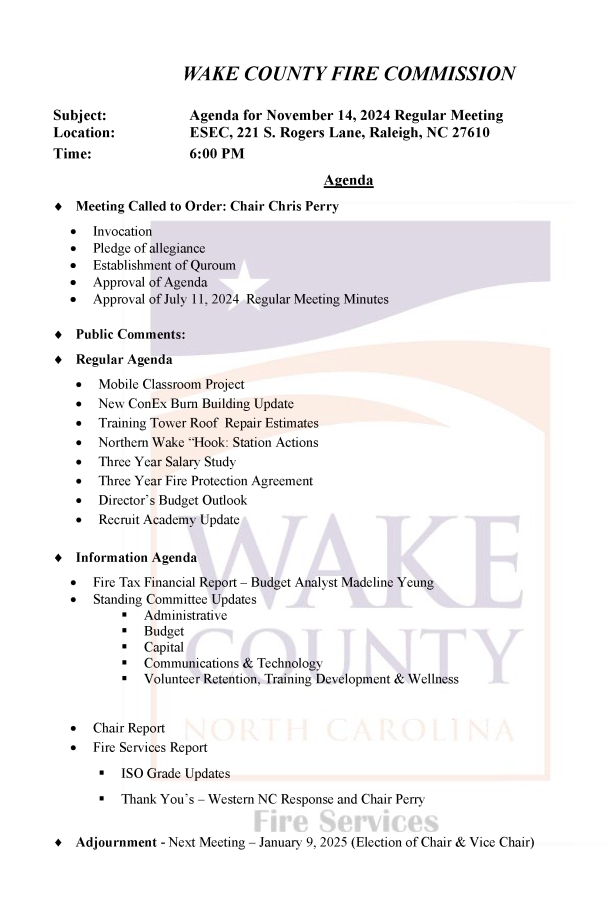
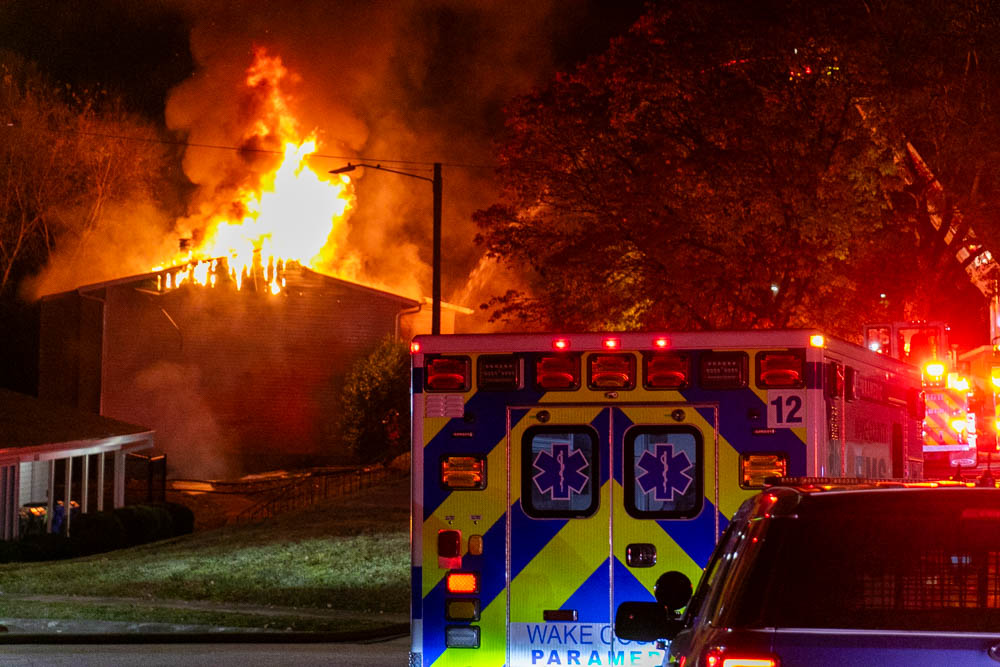 Mike Legeros photo
Mike Legeros photo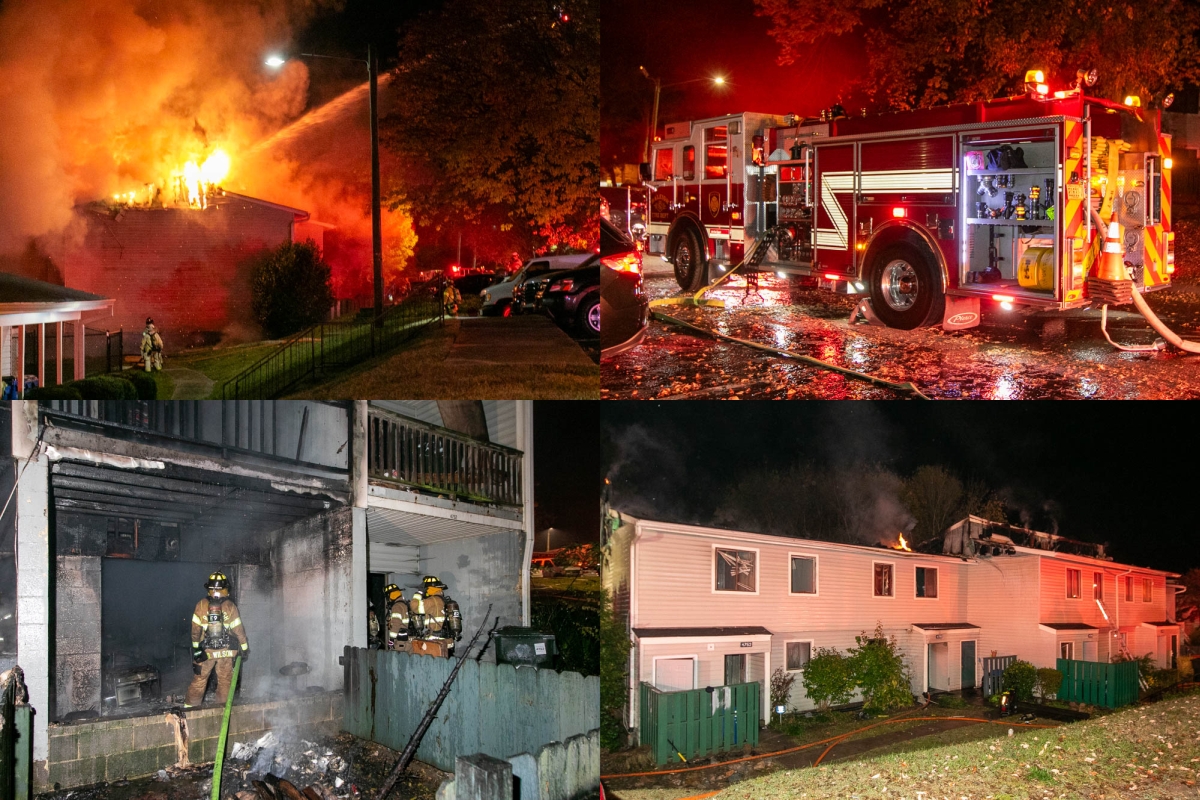 Mike Legeros photos
Mike Legeros photos